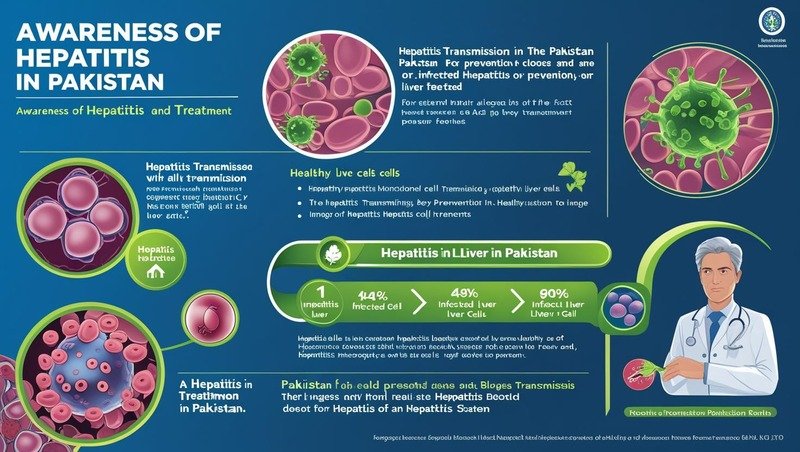
Hand Hygiene and Hand Washing: The 7 Steps
Hand hygiene is a fundamental practice in ensuring personal and public health. Whether you’re at home, school, work, or anywhere else, proper hand washing is one of the simplest yet most effective ways to prevent the spread of illnesses. This guide outlines the seven essential steps for effective hand washing, explaining why each step matters and how it contributes to overall hygiene.
Importance of Hand Hygiene
Hand hygiene is crucial in curbing the transmission of germs, bacteria, and viruses. Many illnesses, including respiratory infections and gastrointestinal diseases, are spread through direct contact with contaminated hands. Studies have shown that thorough hand washing can reduce the likelihood of infection, offering protection to both individuals and the larger community.
7 Steps of Hand Washing
Washing your hands properly might seem like a basic task, but following the seven steps ensures that your hands are truly clean and free from harmful microbes.
Step 1: Wet Hands
The first step in effective hand washing is wetting your hands with clean, running water. This helps to loosen dirt and debris, making it easier to remove germs. It is essential to use lukewarm water, as it can break down oils on your skin that may harbor bacteria.
Step 2: Apply Soap
Once your hands are wet, apply soap. Soap plays a critical role in lifting dirt, oils, and germs from your skin. It also helps create friction as you rub your hands together, which dislodges any contaminants.
Step 3: Rub Hands Together
Rub your hands together for at least 20 seconds, ensuring that you cover all surfaces. This action ensures that soap reaches every part of your hands, making it harder for germs to cling to your skin.
Step 4: Clean Between Fingers
Don’t forget the spaces between your fingers. Interlace your fingers and scrub thoroughly, as germs can easily hide in these areas, especially after touching shared surfaces like door handles or railings.
Step 5: Scrub Nails and Thumbs
Your nails and thumbs are often overlooked during hand washing, but they can harbor a lot of germs. Use the opposite hand to scrub beneath your nails, and make sure to clean your thumbs thoroughly.
Step 6: Rinse Hands Thoroughly
After scrubbing, rinse your hands well under running water. Be sure to remove all soap, as leftover soap residue can dry out your skin and potentially trap dirt and bacteria.
Step 7: Dry Hands Properly
The final step is drying your hands using a clean towel or air dryer. Damp hands can easily pick up and transfer germs, so thorough drying is essential to complete the handwashing process.
Why 7 Steps Matter
Each of the seven steps is designed to target specific areas where germs are likely to linger. Skipping any of these steps may leave your hands inadequately cleaned, increasing the risk of spreading infections. By following all seven steps, you’re not only protecting yourself but also helping to prevent the transmission of germs to others.
Health Benefits of Proper Hand Hygiene
Effective hand washing can dramatically reduce the spread of illnesses like the common cold, flu, and foodborne diseases. Regular hand hygiene can also help reduce the transmission of more severe infections like COVID-19 and hepatitis A.
Best Practices for Hand Washing
While following the seven steps, it’s also important to know when and how often to wash your hands.
When and How Often Should You Wash Your Hands?
You should wash your hands:
- Before and after eating
- After using the restroom
- After coughing, sneezing, or blowing your nose
- After touching animals
- After handling garbage
- Before and after treating a cut or wound
Using Hand Sanitizers: An Alternative to Hand Washing
Hand sanitizers can be used when soap and water are not readily available. While they are effective in killing most germs, they are not as effective as hand washing in removing all types of contaminants, such as dirt and oils. When using hand sanitizers, make sure to use one that contains at least 60% alcohol.
The Role of Hand Hygiene in Public Health
Hand hygiene is more than just a personal habit. It plays a crucial role in public health by preventing the spread of contagious diseases. In schools, workplaces, and healthcare settings, proper hand washing can drastically reduce the transmission of germs, contributing to a healthier environment for everyone.
Preventing Disease Spread Through Hand Hygiene
Regular hand washing can prevent diseases like diarrhea, respiratory infections, and other illnesses that are spread through contaminated hands. This simple act can save lives, especially in settings where access to healthcare is limited.
Global Hand washing Initiatives: Promoting Hygiene Worldwide
Many global organizations, including the World Health Organization (WHO) and the Centers for Disease Control and Prevention (CDC), actively promote handwashing campaigns. These initiatives aim to raise awareness about the importance of hand hygiene and encourage people around the world to adopt proper handwashing habits.
Conclusion
Hand hygiene, particularly following the seven steps of hand washing, is a simple yet powerful tool in preventing the spread of infections. By incorporating these practices into your daily routine, you can protect yourself and others from a wide range of illnesses. Whether you’re at home, work, or on the go, proper hand hygiene is essential for maintaining good health.










Leave a Reply